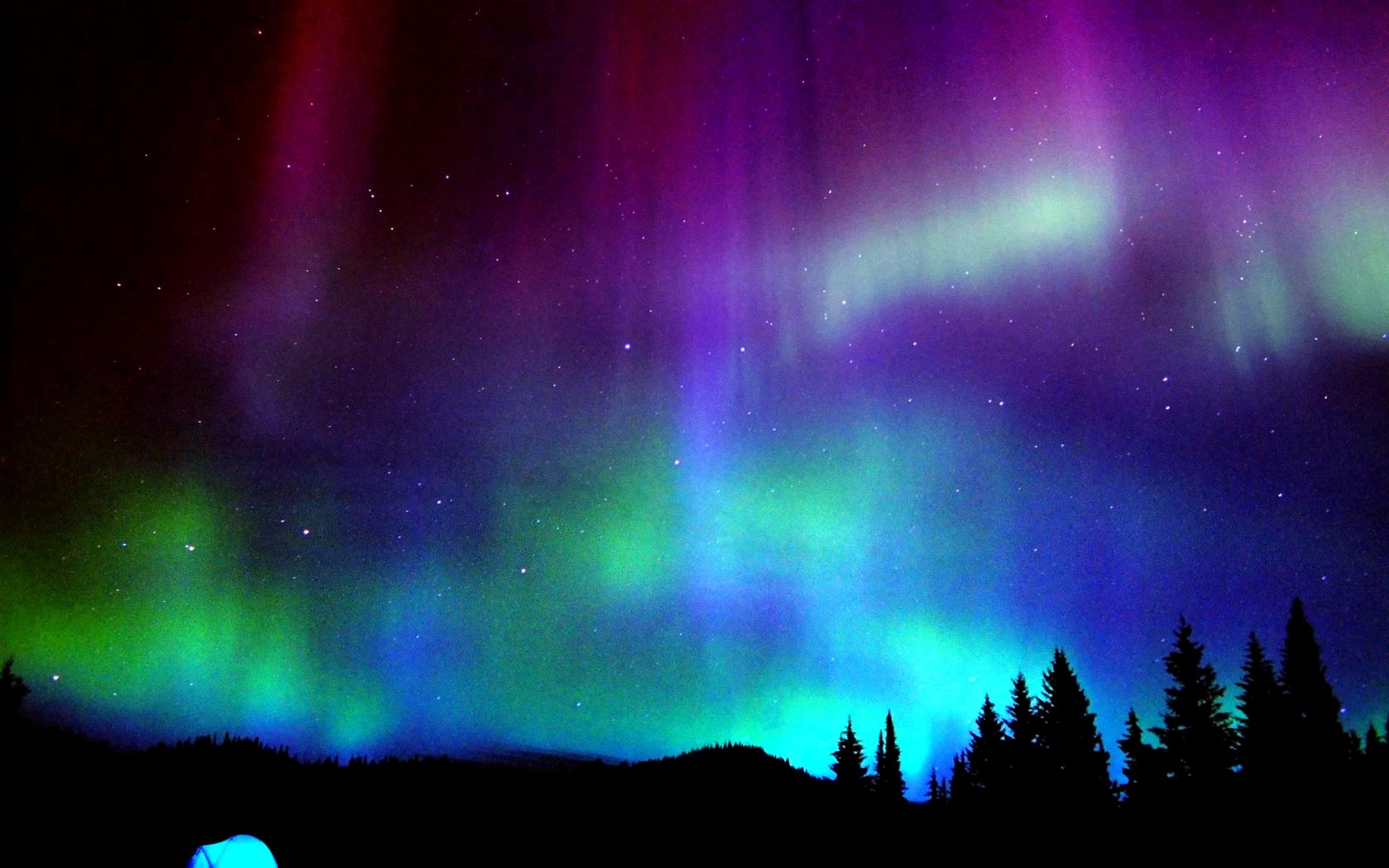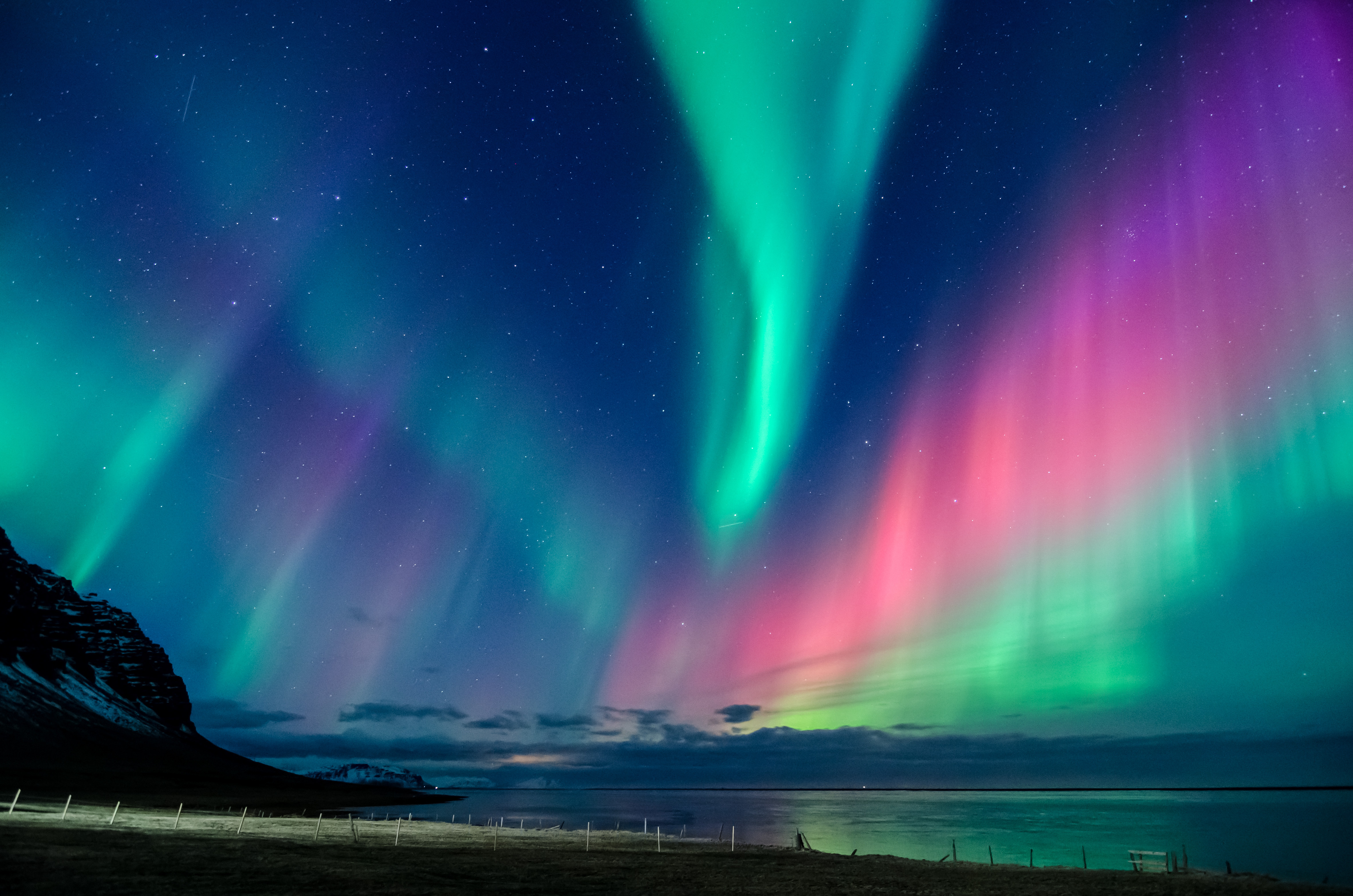Exclusive: Northern Lights On The Rise – How Seasonal Changes Unlock Breathtaking Auroras
As the Earth's magnetic field wobbles and shifts, the breathtaking display of the Northern Lights is once again becoming more accessible to a wider audience. In recent years, the phenomenon has been making headlines as more people witness the spectacle of colorful auroras in the night sky. But what's behind this uptick in sightings, and how can you capitalize on the increased visibility of the Northern Lights?
The Northern Lights, also known as the Aurora Borealis, are a natural light display that occurs when charged particles from the sun interact with the Earth's magnetic field and atmosphere. This interaction causes the atoms and molecules in the atmosphere to become excited, resulting in the emission of light that can be seen from Earth. The Northern Lights are typically visible in the Northern Hemisphere, primarily at high latitudes such as Alaska, Canada, Norway, and Sweden.
For the past few years, there has been a notable increase in sightings of the Northern Lights in these regions. In 2020, for example, the University of Alaska Fairbanks' Geophysical Institute reported a 15% increase in aurora sightings compared to the previous year. This uptick in visibility can be attributed to several factors, including changes in the Earth's magnetic field and an increase in solar activity.
The Science Behind the Northern Lights
The Northern Lights are a complex phenomenon that involves the interaction of multiple factors, including the sun's magnetic field, the Earth's magnetic field, and the atmosphere. The sun's magnetic field is constantly changing, which affects the amount of solar wind that reaches the Earth. The solar wind is a stream of charged particles that flows away from the sun and can interact with the Earth's magnetic field.
When the solar wind reaches the Earth, it causes the Earth's magnetic field to vibrate, resulting in the formation of auroras. The auroras are typically observed at high latitudes, where the magnetic field is weaker and the atmosphere is thinner. The color of the auroras depends on the energy of the particles and the altitude at which they collide with the atmosphere.
Aurora Seasonal Patterns
The Northern Lights are typically visible in the Northern Hemisphere from late August to early April, with the best viewing times in December, January, and February. However, the timing and duration of the aurora season vary from year to year, depending on solar activity and the Earth's magnetic field.
During the peak aurora season, the Northern Lights can be seen at high latitudes, while during the off-season, the auroras are less frequent and less intense. Understanding the seasonal patterns of the Northern Lights is crucial for travelers and photographers looking to capture the spectacle.
Aurora Forecasting
With the increase in solar activity, aurora forecasting has become an essential tool for predicting when and where the Northern Lights will be visible. Aurora forecasting apps and websites use data from solar wind sensors and magnetometers to predict the likelihood of aurora activity.
Some popular aurora forecasting tools include:
- The University of Alaska Fairbanks' Aurora Forecast
- The Space Weather Prediction Center's Aurora Forecast
- The Aurora Service Europe
Aurora-Saving Travel Tips
For travelers looking to witness the Northern Lights, there are several tips to keep in mind:
- Plan ahead: The Northern Lights are typically visible at high latitudes, so plan your trip accordingly.
- Be flexible: The timing and duration of the aurora season vary from year to year, so be prepared for changes.
- Find a dark location: The Northern Lights are best seen in dark locations with minimal light pollution.
- Dress warmly: The Northern Lights can be cold, so dress warmly and bring blankets to stay cozy.
Some of the best destinations for Northern Lights sightings include:
- Tromsø, Norway
- Lapland, Finland
- Yellowknife, Canada
- Fairbanks, Alaska
Aurora Photography Tips
For photographers looking to capture the Northern Lights, there are several tips to keep in mind:
- Use a tripod: A tripod is essential for capturing the Northern Lights, as it allows you to stabilize the camera and avoid camera shake.
- Use a wide-angle lens: A wide-angle lens can help you capture the full extent of the aurora.
- Shoot in RAW: Shooting in RAW format allows you to capture more image data and edit the photos more effectively.
- Bracket your shots: Bracketing your shots allows you to capture a range of exposures and merge them later using HDR software.
Some popular photography destinations for the Northern Lights include:
- Senja Island, Norway
- Abisko National Park, Sweden
- Inari, Finland
- Churchill, Manitoba, Canada
The Best Time to See the Northern Lights
The Northern Lights can be seen at any time of the year, but the best viewing times are typically between late August and early April. The peak aurora season is from December to February, with the best viewing times in January and February.
During this period, the nights are longest and darkest, making it easier to spot the auroras. Additionally, the auroras are typically more frequent and intense during this time.
Tips for Viewing the Northern Lights
To increase your chances of seeing the Northern Lights, follow these tips:
- Get away from city lights: City lights can make it harder to spot the auroras, so get away from cities and towns.
- Find a dark location: A dark location with minimal light pollution is essential for viewing the Northern Lights.
- Be patient: The Northern Lights can appear at any time, so be prepared to wait for extended periods.
- Bring warm clothing: The Northern Lights can be cold, so dress warmly and bring blankets to stay cozy.
Special Events and Activities
Several events and activities are available to help you experience the Northern Lights:
- Aurora cruises: Take a boat tour to witness the Northern Lights from the water
How Old Iarleyhimkus
Is Annaawai Married
Katiana Kay Age
Article Recommendations
- Kate Winsletrome
- Oksana Glamour Official
- Tell Me Atory Kpkuang
- Lane Garrison
- Adrian Williams Wife
- Is Gloria Borger Ill
- Michael Boulos Net Worth
- Jackoherty Girlfriend
- Shameera
- Megyn Kelly Kids



